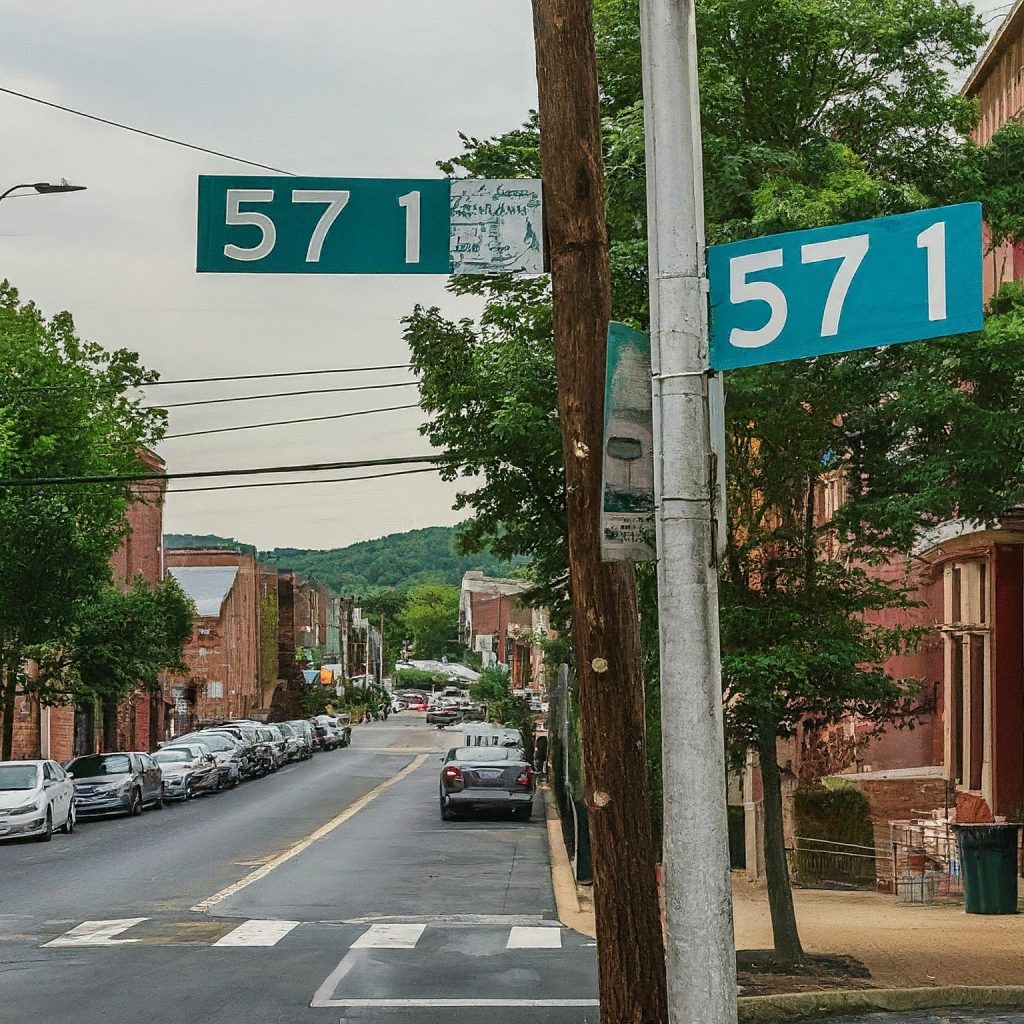The 571 area code is more than just a numerical prefix; it’s a symbol of Northern Virginia’s rapid growth, technological advancement, and diverse communities. Introduced in 2000 as an overlay to the existing 703 area code, the 571 area code has become an integral part of the region’s telecommunications landscape, reflecting its burgeoning population, thriving businesses, and its status as a major tech hub. This article delves into the history, significance, and cultural relevance of the 571 area code, shedding light on its role in connecting people and shaping communication in this dynamic region.

A Response to Unprecedented Growth: The Rise of the 571 Area Code
In the late 1990s, Northern Virginia experienced a period of unprecedented growth, fueled by a booming technology sector, government agencies, and a diverse population. This surge in population led to an increased demand for phone numbers, rapidly exhausting the available numbers within the existing 703 area code. To address this issue, the North American Numbering Plan Administrator (NANPA) introduced the 571 area code as an overlay, allowing for the assignment of new phone numbers within the same geographic region without requiring existing customers to change their numbers.
Understanding Overlay Area Codes
An overlay area code is a secondary area code that shares the same geographic region as an existing area code. This means that both area codes can be assigned to phone numbers within the same area, effectively doubling the number of available phone numbers. The introduction of the 571 area code as an overlay not only solved the issue of number scarcity but also provided a seamless transition for existing users.
Geographic Coverage and Communities Served
The 571 area code, along with the 703 area code, covers a significant portion of Northern Virginia, including:
- Fairfax County: The most populous county in Virginia, home to the city of Fairfax, Tysons Corner, and numerous technology companies and government contractors.
- Arlington County: Known for its proximity to Washington, D.C., Arlington is home to the Pentagon, Arlington National Cemetery, and numerous government agencies.
- Loudoun County: A rapidly growing suburban county with a strong technology sector and a burgeoning wine industry.
- Prince William County: A diverse county with a mix of urban, suburban, and rural areas, home to Quantico Marine Corps Base and Manassas National Battlefield Park.
- Other areas: The 571 area code also covers portions of Alexandria, Falls Church, and Fairfax City.
The 571 Area Code and Northern Virginia’s Identity
The 571 area code has become deeply intertwined with Northern Virginia’s identity. It represents the region’s dynamism, diversity, and its status as a major hub for technology, government, and education. The 571 area code is often associated with the region’s thriving economy, its educated workforce, and its proximity to the nation’s capital.
The 571 Area Code in Business and Beyond
The 571 area code is widely used by businesses, both large and small, throughout Northern Virginia. It signifies a local presence and a connection to the region’s vibrant community. The 571 area code is also commonly used by government agencies, non-profit organizations, and educational institutions.
The Future of the 571 Area Code
As Northern Virginia continues to grow and attract new residents and businesses, the demand for phone numbers will likely remain strong. The 571 area code, along with the 703 area code, is well-equipped to handle this growth and ensure that the region has an ample supply of phone numbers for the foreseeable future.
Conclusion
The 571 area code is more than just a numerical prefix; it’s a symbol of Northern Virginia’s remarkable growth, its diverse communities, and its thriving economy. It represents the region’s past, present, and future, reflecting its ongoing transformation into a global center for technology, innovation, and cultural diversity.